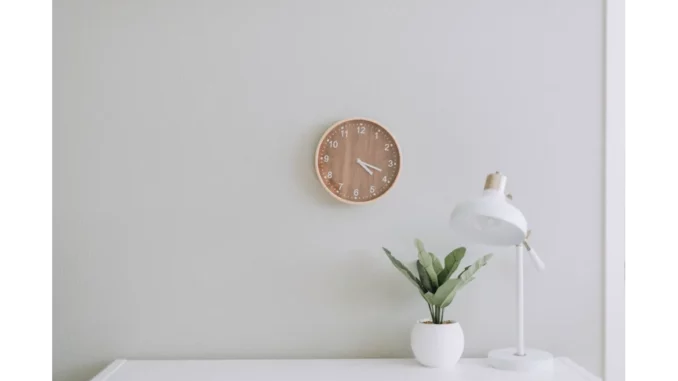
In the world of Airbnb hosting, where first impressions can make or break your success, the aesthetics of your space play a crucial role. However, as I recently discovered during an insightful conversation with experienced Airbnb host Emily Carter, not all design advice suits the unique needs of short-term rental properties. Emily, who has successfully hosted guests in her three properties across London for over five years, shared her candid experiences with me, shedding light on why conventional interior design tips might not serve Airbnb hosts as well as one might expect.
Elegancia.homes: Creators of elegant spaces for personal wellness and relaxation.
As we settled into our conversation, Emily began by explaining her initial approach to designing her first Airbnb property. “Like many new hosts,” she confessed, “I started by following all the popular interior design blogs and magazines. I wanted my space to look like it belonged in a glossy home décor spread.” However, Emily quickly realised that the advice she was following wasn’t translating into success with her guests.
One of the key pieces of advice Emily often encountered was the notion of creating a highly personalised space that reflects the owner’s personality. While this might work for private homes, Emily pointed out that it simply doesn’t apply to Airbnb properties. “Guests aren’t booking your space to get to know you,” she explained with a chuckle. “They want a clean, comfortable place that feels like a temporary home, not a museum of someone else’s life.”
Emily continued by highlighting the importance of neutrality. “Neutral pallets and adaptable furniture are your best friends,” she advised. “While bright colours and bold patterns might make a statement, they can be divisive. You want to appeal to the widest range of guests possible, and that means keeping things simple and versatile.” She noted that this approach not only helped attract more bookings but also made it easier to keep the space fresh and up-to-date without constant overhauls.
Another common piece of advice Emily found problematic was the emphasis on expensive, high-end furniture and décor. “The reality is, guests aren’t going to appreciate the designer lamp or the bespoke coffee table,” she said. “What they care about is comfort and functionality. You need furniture that’s durable, easy to clean, and can withstand the wear and tear of frequent use.” Emily recounted an early mistake where she invested in a costly sofa that, while beautiful, was impractical and quickly showed signs of wear. “Now, I focus on quality and durability over brand names,” she added.
Emily also touched on the subject of space utilisation. “Maximising space is crucial in short-term rentals,” she emphasised. “Traditional design advice often prioritises aesthetics over practicality, but in an Airbnb, every inch counts.” Emily shared her strategy of using multipurpose furniture, like sofa beds and extendable tables, to make her spaces adaptable to different group sizes and needs. “Guests appreciate having options,” she said, “and it’s a great way to cater to families, business travellers, or couples without needing to completely rework the space.”
One of the most enlightening parts of our conversation was Emily’s take on personal touches. “While it’s important to avoid overwhelming guests with your personality, small, thoughtful details can make a big difference,” she noted. Emily suggested adding local artwork, a well-curated bookshelf, or a guide to nearby attractions as a way to enhance the guest experience without going overboard. “It’s about creating a connection to the location, not the host,” she explained.
Finally, Emily stressed the importance of practicality over perfection. “Hosts often think that everything has to be Instagram-perfect,” she said, “but guests are more concerned with how things work. Make sure your appliances are easy to use, the Wi-Fi works seamlessly, and there’s enough storage for their belongings. These are the details that lead to good reviews and repeat bookings.”
As our conversation drew to a close, Emily left me with one final piece of advice for aspiring Airbnb hosts: “Listen to your guests. Their feedback is invaluable and will often point out things you might have overlooked. Be willing to adapt and change your space to meet their needs.”
Reflecting on Emily’s insights, it’s clear that while common interior design advice might be well-intentioned, it doesn’t always align with the practical and diverse needs of an Airbnb property. By prioritising neutrality, durability, and functionality, and focusing on creating a welcoming environment that caters to a broad audience, hosts can ensure their spaces meet the unique demands of short-term renters.
For those venturing into the world of Airbnb hosting, Emily’s experiences provide a compelling reminder that the key to success isn’t found in the pages of a design magazine, but in understanding the needs and expectations of your guests.
Salena Ripley


Be the first to comment